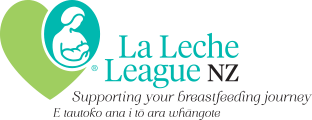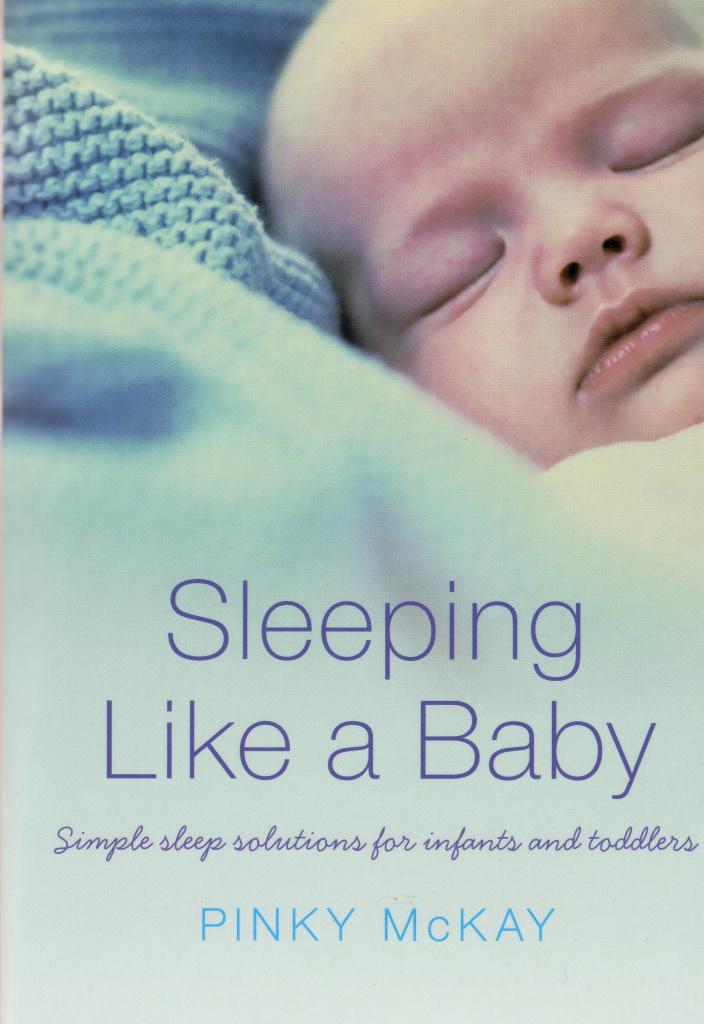My Favorite Place
We were waiting for our food to be served at the restaurant and the children decided to pass the time with a game. One person had to guess a word chosen by the others, and the others had to give little hints.
“Mum’s favourite location” my youngest daughter said, ending the game on the first clue because everyone in my family knows the answer to that. My favourite place in the whole world is my bed. And like many mums (to the chagrin of many dads) my favourite thing to do there is to sleep. I dream of sleep, preferably in long unbroken stretches.
In retrospect, even in the years B.C. (before children) sleep and I have always had our issues. I remember playing the game Trivial Pursuit, where one of the science questions was “How long does it take the average person to fall asleep?” It’s been years but I remember the answer because I was so shocked by it. In my pre-child existence, I always took a long time to fall asleep, about an hour. I’d run through all of the details of my day, think of alternate snappy answers to questions that I should have said, and review and rehearse upcoming interactions. But I knew that one hour was long for most people so I shaved my answer down to twenty minutes. The correct answer was seven. Seven minutes! To my childless self that was astounding.
Having children was a wakeup call for me to the womanly art of sleep management. No one knows sleep deprivation quite so intimately as the mother of an infant. No question that it’s rough in the early days.
Many a new mother makes the comment that they understand now why it’s used as a method of torture. Post-kids I could and did fall asleep in seconds. But I still could not rid myself of my love of sleeping and my addiction to large doses of it. I experienced withdrawal like a junkie, when my baby woke me up I was irritable and irrational.
Part of overcoming my addiction was education. Our culture – but not our babies – seems to view the eight hour uninterrupted sleep as a sacred right. Our babies are not designed that way, their little tummies need filling up and they have a need to check in and make sure we are close by.
I read some of Dr James McKenna’s work. He studies mother-baby sleep in his lab at Notre Dame University in the USA. His research quashes the myth of unbroken sleep. The truth is that all of us sleep in cycles that include deeper and shallower stages. Most of us do wake up in the night, but usually we go back to sleep without awareness of these wakeful periods.
Dr McKenna’s studies have shown how breastfeeding mothers and their babies who share sleep spaces develop a rhythm to their sleep patterns. Fighting this rhythm and trying to control it is what just about did me in as a mother.
Our nights would go like this:
• 11 pm; fall asleep with baby.
• It’s 1:34 and the baby is awake. Feed, change, make calculation about how much sleep I’d got…
• Jeez, it’s 3:32! More calculations. Not even two hours!
• Sheesh!! It’s 4:19!!! Mental calculator going again. Indulge in self pity for several sleep-wasting minutes. Have trouble falling back asleep because of resentment.
• For crying out loud, does that clock really say 5:22?!!!! Work self into a tizzy about how many wake ups I’d had. Try to decide if it’s worth it to even go back to sleep. On and on they went, these horrible nights,
and it was during the height of my misery that I knew I needed to do something. It was high time for some practical mother to mother support from some LLL mothers. They had some great suggestions which I’d like to share with you.
I wasn’t happy to take the advice of the sleep training set – though it seemed at the time that the world was divided into two groups, mothers who bragged that their babies slept through the night and people who advocated the cry it out method. What I needed to hear was that night time waking was normal and manageable – it just needed to be tweaked.
The best of the tweaks came from a mother who said, “You know, you could get rid of the clock in your room.” This was a stroke of genius. For me, a significant part of my night time waking issues was my own attitude about it and that clock wasn’t helping. Those nightly mathematical calculations were adding fuel to a fire that needed to be put out. Another mum gave me her tip, “Don’t change your baby’s nappy in the night. Most nappies these days are pretty absorbent and often last right through.” “If they don’t wake up fully,” another mum added, “they won’t poo.” I found that to be true for my babies also. All that changing just served to wake us both up further, so that I’d be trying to chill us both out from a full boil instead of keeping the flame low from the start. A midwife friend shared her tip of cutting two round holes in a sweatshirt to make access easier in the night also. And gradually my baby and I got unconsciously skilled at breastfeeding too, so that we could both do it almost without thinking about it, almost in our sleep.
When my second son was little, I overheard my husband bragging at what a good baby he was. “That child has slept through the night since the day he was born,” he said. Of course, this was completely untrue. The difference was that none of us was making a big deal about it; I’d developed the knack of breastfeeding in our semi-awake state. We all slept better. My bed stopped being a battleground and
sleep stopped being a contest I was determined to win.
My oldest child is 20 years old now, and I can’t count the number of unbroken nights of sleep I’ve had since his birth, and the birth of his siblings. For those of you beginning your motherhood journey, you probably don’t want to know that there haven’t been many. I am proud to say I am no longer keeping score. Though my bed still is my favourite place in the world, my children know that they are my
favourite people.
Co-Sleeping Safely
Make sure that your mattress is firm and fits tightly in the frame, avoid waterbeds, recliners, couches or armchairs.
Provide a smoke-free environment; exposure to cigarette smoke increases the baby’s risk of SIDS
Sheets should fit your mattress snugly.
Always place your baby on his back to sleep, including after breastfeeding.
No one who shares sleep with your baby should drink alcoholic beverages, take drugs, be exceptionally obese, be on medication that makes him or her less alert, or be too unwell or exhausted to be aware of the baby.
Consider keeping your young baby next to his mother only, because mothers seem to be especially aware of their babies in bed, keep an adult between any older child and your baby.
Make sure the sides of the bed are either tight against the wall or far enough away from the wall that your baby can’t become trapped. Or use a bed rail on the side of the adult bed.
Keep the bed low to the ground, maybe even on the floor, to minimise any falls.
Keep pets out of the bed the baby will be sleeping in.
Keep loose pillows or soft blankets away from your baby’s face, avoid nightclothes or hair ties with strings or attachments that might pose a strangulation risk.
Avoid thick bedding and dressing the baby too warmly – close bodily contact increases body temperature.
Sources:
Good Nights by Jay Gordon, MD and Maria Goodavage, and Sweet Dreams by Paul Fleiss, MD, taken from LLL information sheet Safe Sleep, available from LLLNZ
“Sleeping with your baby” by James McKenna, New Beginnings 2009; 26(1): 4-9
Dr Alison Barrett is an obstetrician, who still gets up in the night for babies – they are just no longer her own.

